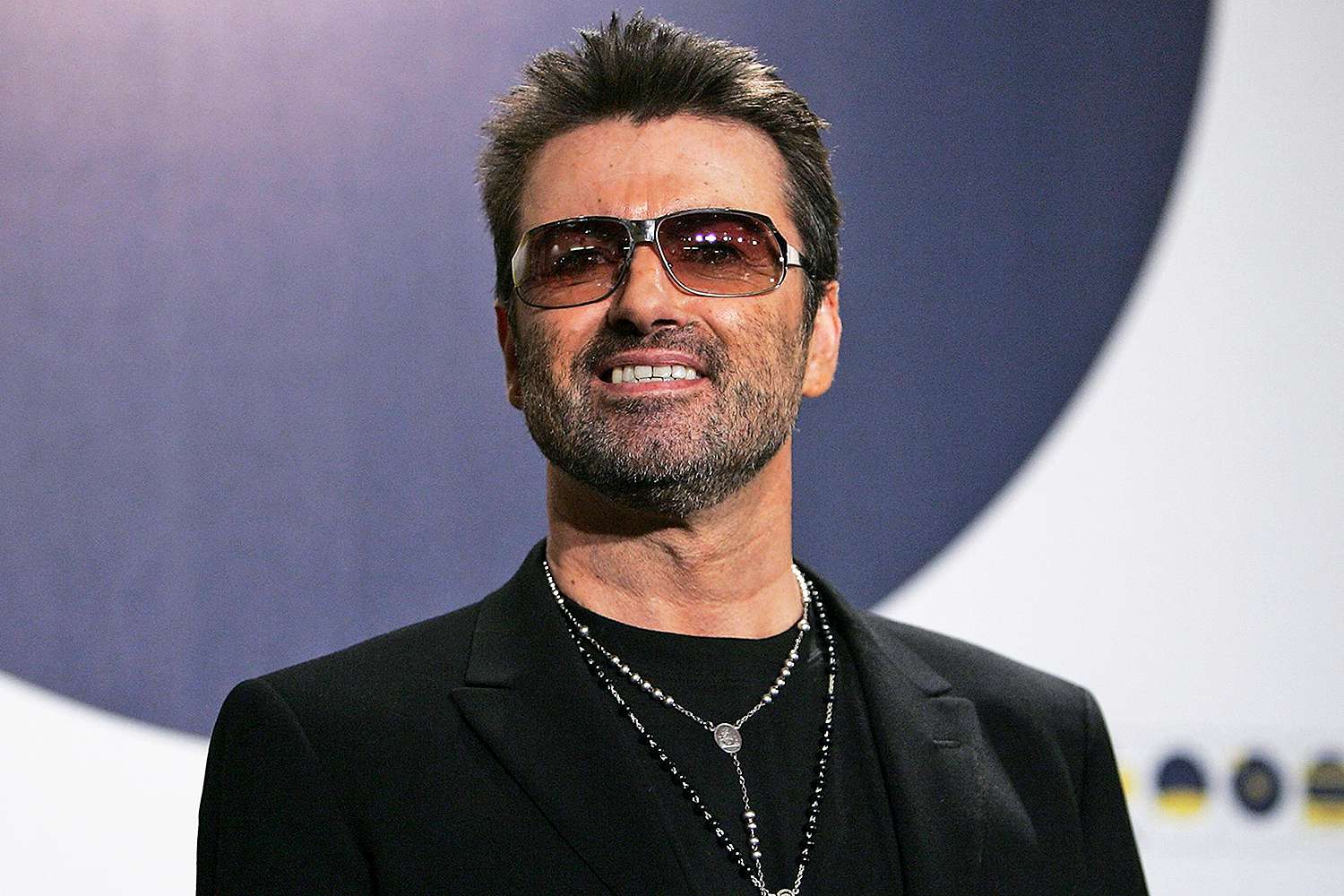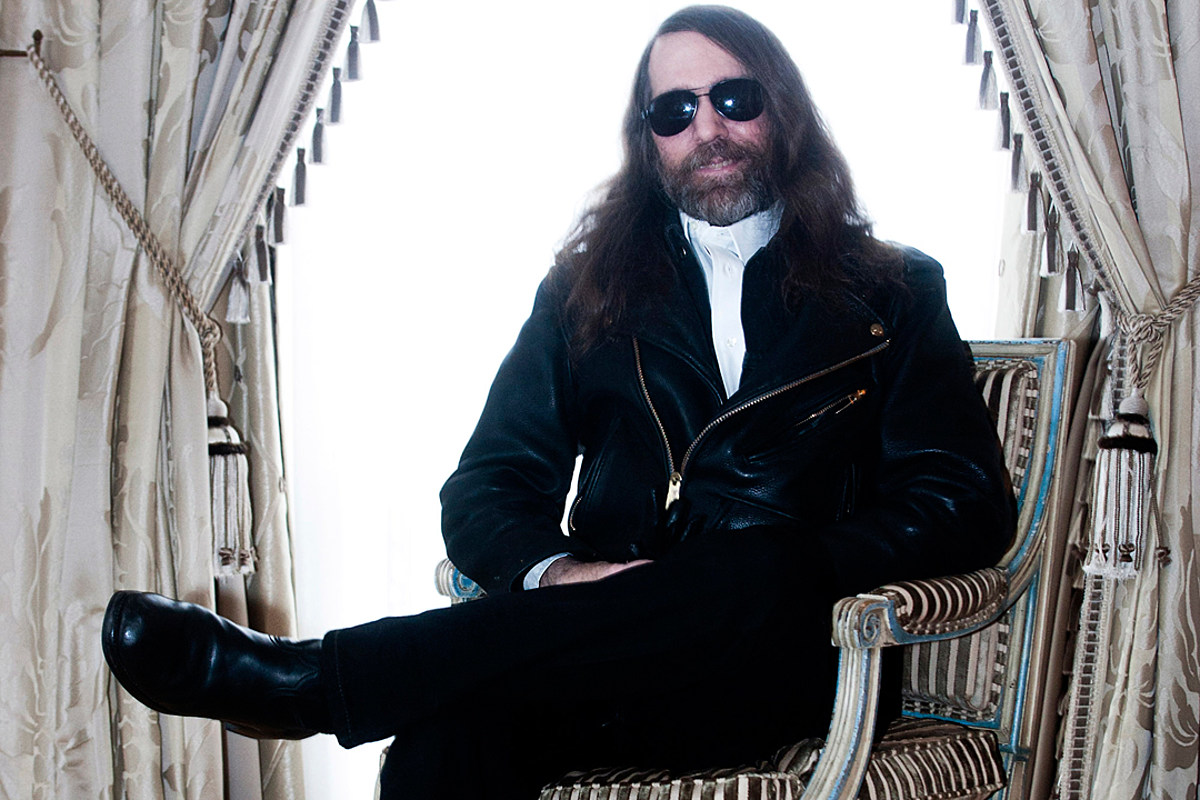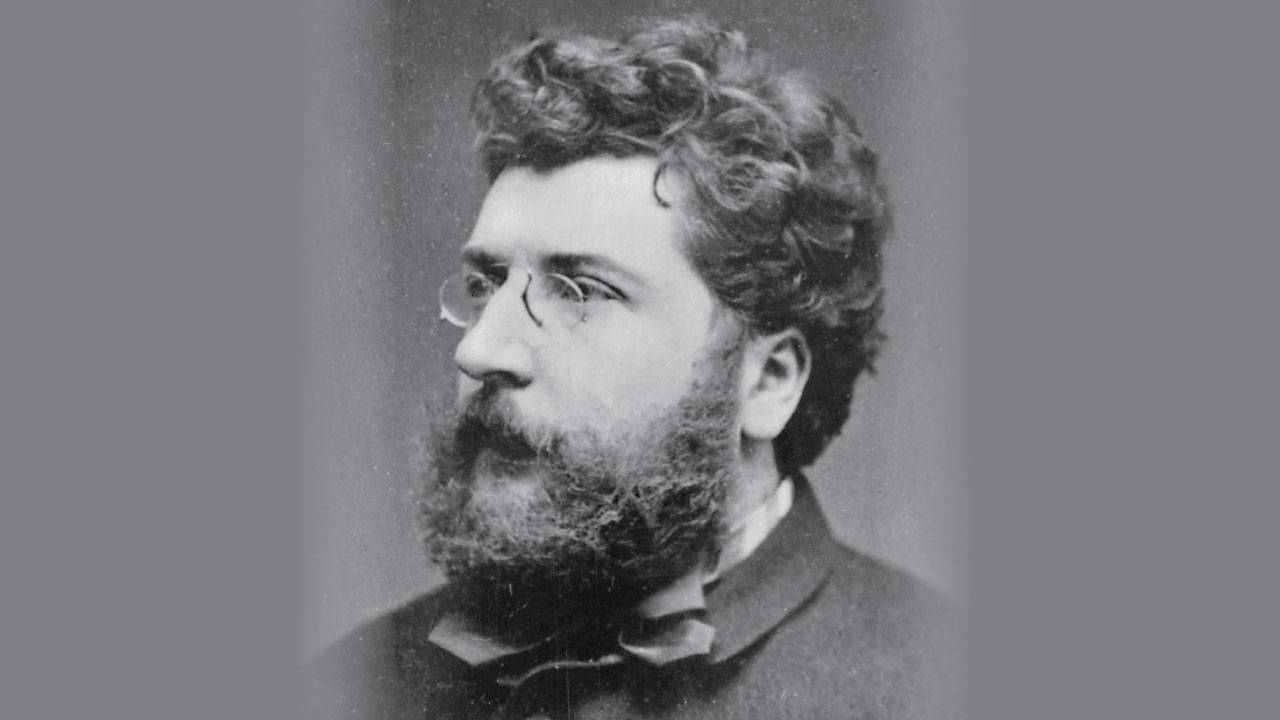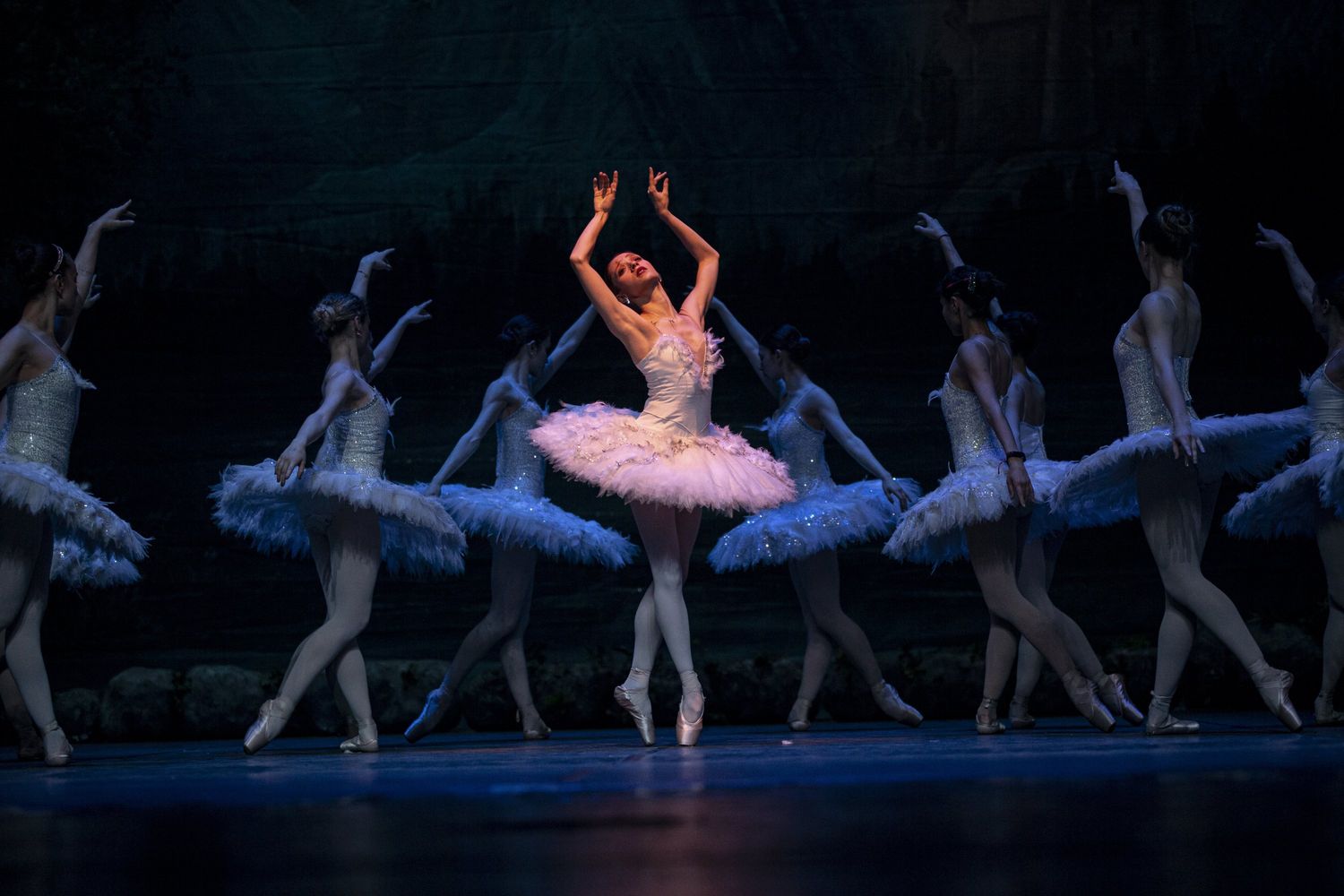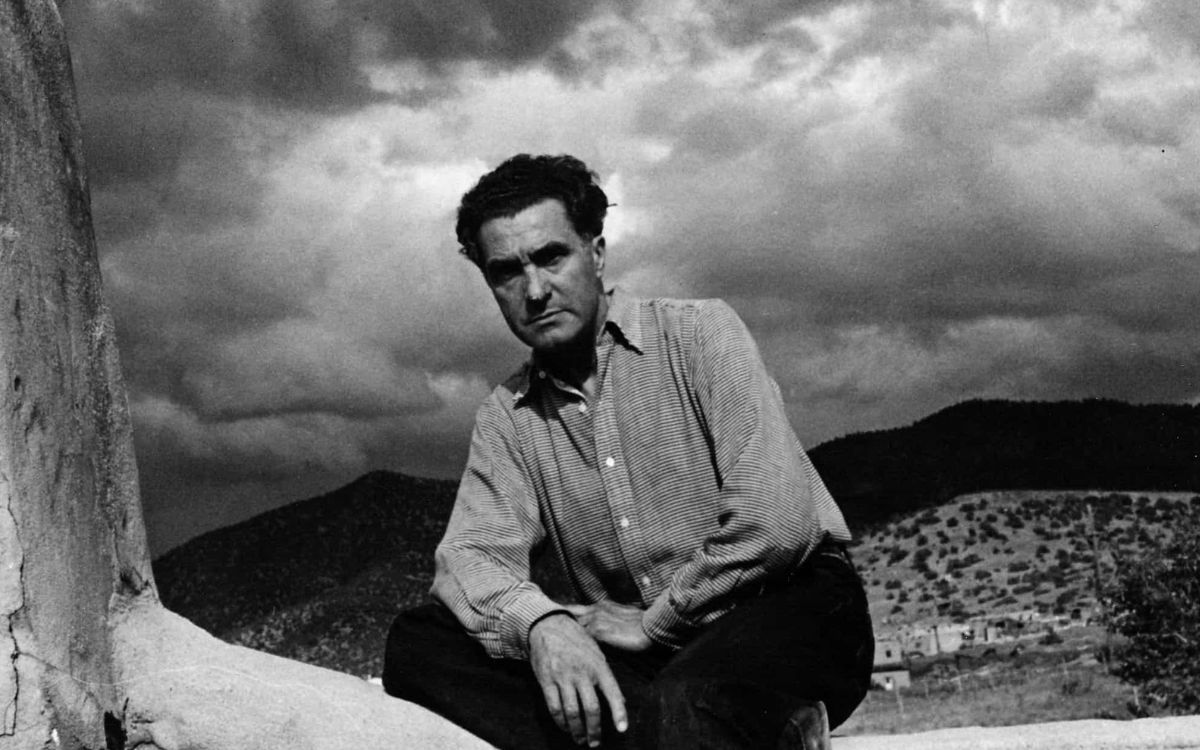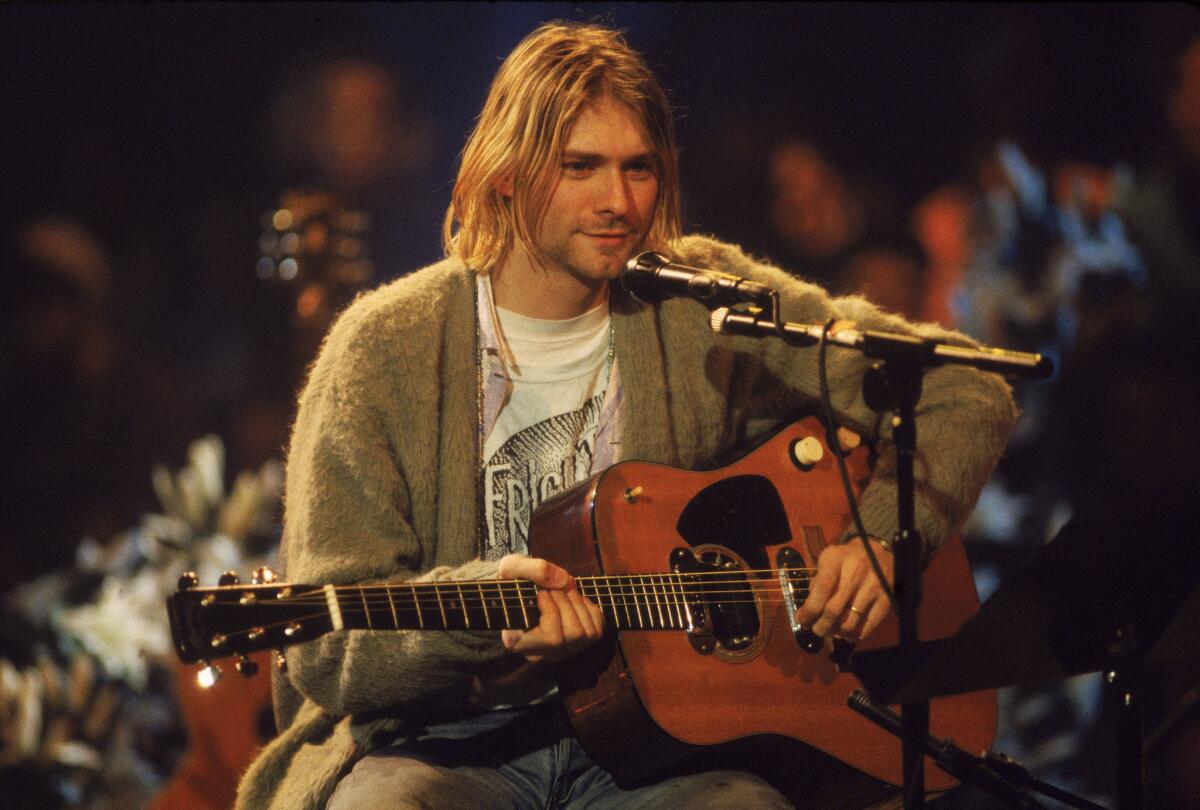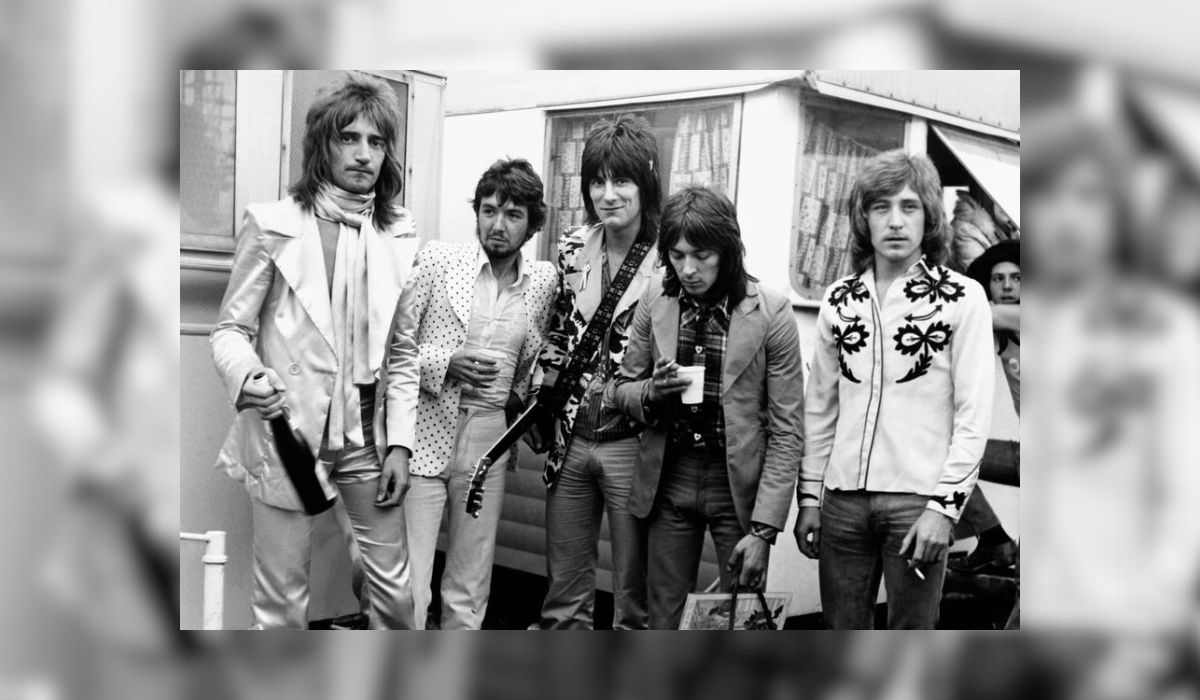Home>Production & Technology>Composer>Who Was The Leading Composer Of Experimental Music In The 1900S
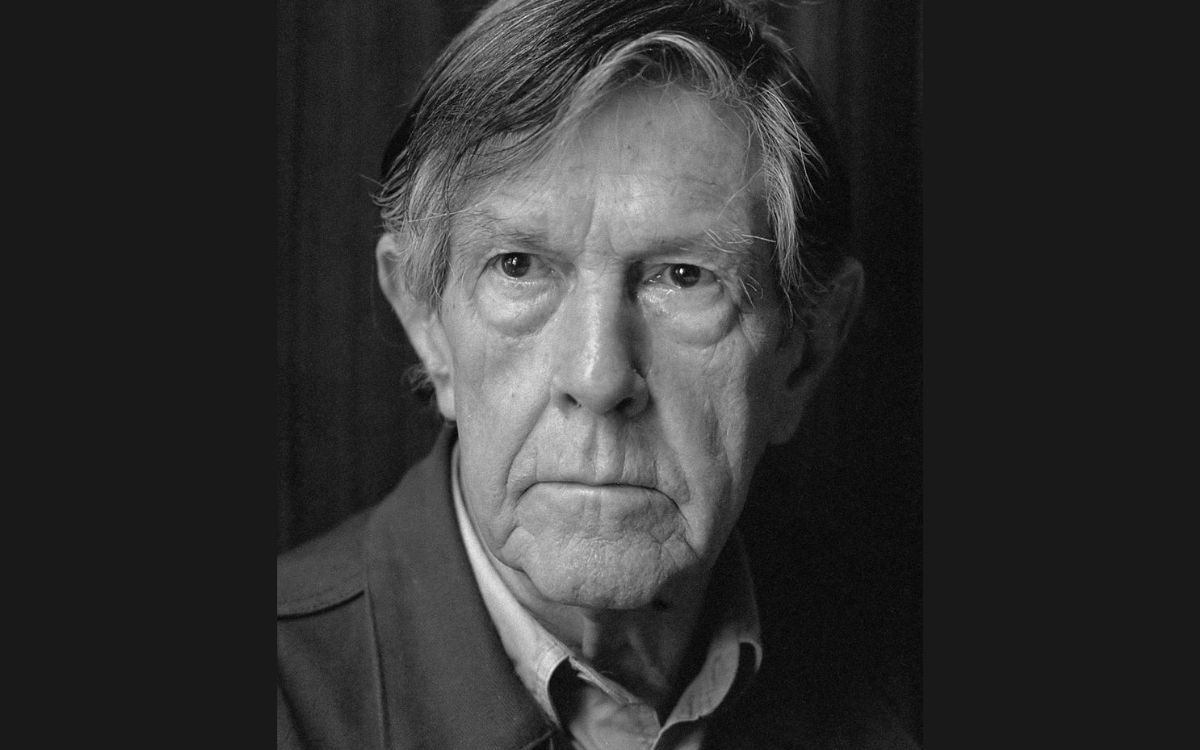

Composer
Who Was The Leading Composer Of Experimental Music In The 1900S
Modified: February 11, 2024
Discover the pioneering composer who revolutionized experimental music in the 1900s. Explore the mesmerizing works and innovative techniques of this influential musical genius.
(Many of the links in this article redirect to a specific reviewed product. Your purchase of these products through affiliate links helps to generate commission for AudioLover.com, at no extra cost. Learn more)
Table of Contents
Introduction
Experimental music in the 1900s marked a significant departure from the traditional norms and conventions of composition. It was a time when composers began to push the boundaries of sound, exploring new possibilities and challenging the established notions of what music could be.
During this period, composers embraced unconventional techniques, unconventional instruments, and unconventional approaches to composition. They sought to create unique and groundbreaking works that would challenge the listeners’ perceptions and evoke emotional responses beyond the limitations of traditional music.
This article will delve into the leading composer of experimental music in the 1900s, exploring their pioneering contributions, innovations, and the impact their work had on the musical landscape of the time. We will also examine the role of the avant-garde movement in fostering experimentation and the legacy that experimental music has left behind.
Join us on this journey as we explore the fascinating world of experimental music and uncover the visionary composer who spearheaded this revolutionary movement in the 1900s.
Early Pioneers of Experimental Music
Before we delve into the leading composer of experimental music in the 1900s, it’s important to understand the groundwork laid by the early pioneers of this genre. These visionary composers paved the way for the experimentalists to come, challenging the established norms and breaking new ground in the world of music.
One such pioneer was Arnold Schoenberg. Known for his development of the twelve-tone technique, Schoenberg rejected the traditional tonal system and embraced atonality. His compositions, such as “Pierrot Lunaire” and “Verklärte Nacht,” demonstrated his willingness to explore new harmonies and unconventional forms.
Another influential figure was John Cage, an American composer and philosopher. Cage questioned the boundaries of music by incorporating elements of chance, silence, and non-musical sounds into his compositions. His most famous work, “4’33”,” consists of performers sitting silently on stage, challenging the audience’s perception of what constitutes music.
Igor Stravinsky, known for his groundbreaking ballet scores “The Rite of Spring” and “Petrushka,” pushed the boundaries of rhythm, meter, and tonality. His use of dissonance and complex rhythms shocked audiences at the time and laid the foundation for the development of experimental music.
These early pioneers, along with many others, were instrumental in paving the way for the experimental music movement in the 1900s. They questioned traditional forms, challenged established musical structures, and opened the door for composers to explore new and uncharted territories in sound.
Their innovative approaches to composition and willingness to experiment provided the inspiration and groundwork for the leading composer of experimental music in the 1900s, whose contributions we will explore in the next section.
The Role of the Avant-Garde Movement
The avant-garde movement played a significant role in the development and proliferation of experimental music in the 1900s. Originating in the late 19th century, this movement emphasized the rejection of traditional artistic norms and the exploration of new and unconventional forms of expression.
In the realm of music, the avant-garde movement provided a platform for composers to challenge the status quo, experiment with different techniques, and push the boundaries of what was considered acceptable in the realm of music. It was a movement characterized by its revolutionary spirit and its desire to break away from the confines of traditional composition.
The avant-garde mindset encouraged composers to think outside the box, embrace innovation, and disregard the limitations imposed by conventional musical practices. It fostered an environment where experimentation was encouraged, and where new ideas and approaches were celebrated.
It was within this environment that the leading composer of experimental music in the 1900s emerged. Their work was a reflection of the avant-garde ideals and their desire to push the boundaries of what was considered musical.
The avant-garde movement also played a crucial role in the dissemination of experimental music. It provided platforms for performances and exhibitions where these compositions could be shared with a wider audience. Through concerts, festivals, and other artistic events, experimental music gained exposure and recognition, attracting the attention of both critics and enthusiasts.
Additionally, the avant-garde movement encouraged collaboration and cross-pollination of ideas. Composers, artists, and other creative individuals came together to exchange ideas, collaborate on projects, and challenge each other’s artistic sensibilities. This vibrant exchange of ideas and perspectives further fueled the growth and evolution of experimental music.
Overall, the avant-garde movement provided the necessary framework and support for the development and dissemination of experimental music in the 1900s. It created an environment where composers could freely explore new possibilities, challenge norms, and redefine the boundaries of what music could be. Without the avant-garde movement, the experimental music movement of the 1900s would not have flourished as it did.
The Leading Composer in the 1900s
Among the prominent figures in the world of experimental music in the 1900s, one composer stands out as the leading visionary who pushed the boundaries of composition and left an indelible mark on musical history. That composer is none other than Karlheinz Stockhausen.
Stockhausen, born in Germany in 1928, is widely regarded as one of the most influential composers of the 20th century. His compositions broke new ground in terms of form, structure, and sound, and his experimentation with electronic music forever transformed the landscape of contemporary composition.
Stockhausen’s groundbreaking work can be seen in pieces such as “Gesang der Jünglinge” and “Kontakte,” where he seamlessly combined electronic and acoustic elements, creating a new sonic palette. These compositions challenged conventional notions of timbre and spatialization, pushing the limits of what could be achieved with sound.
One of Stockhausen’s most notable contributions was his development of serialism and mathematical systemization of composition. Through his rigorous exploration of pitch, rhythm, and other musical elements, he devised intricate systems that governed the organization of his compositions. This meticulous approach to composition resulted in works such as “Gruppen” and “Klavierstücke,” which showcased his mastery of complex structures.
Another area in which Stockhausen made significant contributions was spatialization. He explored the use of multiple speakers placed strategically around performance spaces, allowing for precise control over the placement and movement of sound. Pieces like “Stimmung” and “Hymnen” exemplify his innovative use of spatialization, creating immersive sonic experiences for the audience.
Stockhausen’s use of unconventional instruments and performance techniques also set him apart as a leading experimental composer. In his work “Mikrophonie,” he utilized amplified tam-tams and percussion instruments to explore the dynamic relationships between instrumentalists and their instruments. This approach expanded the sonic possibilities of traditional instruments and showcased Stockhausen’s imaginative creativity.
Throughout his prolific career, Stockhausen continued to push the boundaries of music and experiment with new forms of expression. His works inspired generations of composers and performers, and his impact on the world of experimental music is immeasurable.
Today, Stockhausen’s legacy lives on not only through his compositions but also through the countless artists and musicians who continue to be influenced by his innovative spirit. His relentless pursuit of sonic exploration and his commitment to pushing the boundaries of music make him the leading composer of experimental music in the 1900s.
Innovations and Techniques Used in Experimental Music
Experimental music in the 1900s was characterized by a wide range of innovative techniques and approaches that challenged conventional notions of composition. Composers pushed the boundaries of what was considered musical, embracing new technologies, exploring unconventional sounds, and reimagining traditional instruments. Here are some of the key innovations and techniques used in experimental music during this time:
1. Electronic Music: One of the most significant advancements in experimental music was the emergence of electronic music. Composers like Karlheinz Stockhausen and Pierre Schaeffer pioneered the use of electronic instruments and techniques, such as tape manipulation, synthesis, and sampling. These innovations opened up a new world of possibilities for composers to create unique and otherworldly sounds.
2. Extended Techniques: Experimental composers delved into the exploration of extended techniques, which involved pushing the boundaries of traditional instrumental techniques. By manipulating various aspects of sound production, such as alternative fingerings, multiphonics, bowing techniques, and percussive effects, composers created unconventional and expressive sounds that challenged traditional performance practices.
3. Prepared Piano: Developed by the iconic composer John Cage, the prepared piano involved placing objects such as screws, rubber bands, and paper on or between the piano strings. This technique altered the instrument’s timbre and created unique percussive and resonating effects, expanding the possibilities of the piano as a sound source.
4. Chance and Indeterminacy: Composers like John Cage embraced chance and indeterminacy as compositional techniques. By introducing elements of randomness and allowing performers to make choices during the performance, composers relinquished some control over the outcome, resulting in unexpected and spontaneous musical moments.
5. Aleatoric Music: Aleatoric music, or “music of chance,” involved the use of predetermined elements and structures combined with partially improvised sections. Composers would provide performers with a set of instructions, such as graphical scores or graphic notation, giving them freedom to interpret and shape the musical material in real-time.
6. Microtonality: Experimentation with microtonality, the use of intervals smaller than the traditional Western twelve-tone scale, became a prominent feature of experimental music. Composers explored the vast array of tonal possibilities afforded by microtones, resulting in unique and unconventional harmonic textures.
7. Soundscapes and Environmental Sounds: Composers started incorporating sounds from the environment, such as everyday noises, field recordings, and natural sounds, into their compositions. This approach aimed to capture and reflect the sonic richness of the world around us, blurring the boundaries between music and the sounds of everyday life.
These innovations and techniques revolutionized the way composers approached composition, sound production, and performance. They reimagined the possibilities of music and pushed the boundaries of what was considered acceptable or traditional. As a result, experimental music in the 1900s became a fertile ground for exploration and the catalyst for new sonic experiences.
Impact and Legacy of Experimental Music in the 1900s
Experimental music in the 1900s had a profound impact on the development of contemporary music and left a lasting legacy that continues to influence composers and musicians to this day. Here are some key aspects of the impact and legacy of experimental music during this era:
1. Expansion of sonic possibilities: Experimental music expanded the boundaries of what was considered music and explored new sonic territories. Composers introduced unconventional sounds, techniques, and technologies, pushing the limits of composition and performance. This exploration of new sonic possibilities opened the door for future generations to experiment further and embrace a more diverse range of sounds and techniques.
2. Shifting perceptions of music: By challenging traditional notions of melody, harmony, and structure, experimental music challenged listeners’ perceptions and expanded their understanding of what music could be. It encouraged listeners to engage with music in a more open-minded and exploratory way, breaking free from preconceived notions and allowing for a more diverse and inclusive musical landscape.
3. Influence on other artistic disciplines: The experimental music movement had a significant impact not only on the music industry but also on other artistic disciplines. It played a crucial role in the development of avant-garde movements in visual arts, literature, and performance art. The experimentation and boundary-pushing ethos of experimental music influenced artists across various disciplines, leading to innovative collaborations and interdisciplinary artistic expressions.
4. Evolution of technology in music: The emergence of electronic music and the experimentation with new technologies revolutionized the way music was composed, produced, and performed. The innovations in electronic instruments, sound synthesis, and recording techniques paved the way for the development of modern music production and the use of technology in music composition and performance.
5. Influence on contemporary genres: The influence of experimental music can be seen in various contemporary genres, such as ambient, electronic, industrial, and avant-garde music. The experimentation with sound, unconventional techniques, and abstract forms heavily influenced the sonic and conceptual aesthetics of these genres, shaping their development and pushing the boundaries of popular music.
6. Embracing diversity and inclusivity: Experimental music in the 1900s challenged traditional hierarchies and barriers in music composition and performance, allowing for a more inclusive and diverse representation of voices. It provided a platform for marginalized voices, women, and composers from non-Western traditions to experiment and express themselves freely, fostering a more inclusive and egalitarian environment in music.
The legacy of experimental music in the 1900s is undeniable. It continues to inspire and shape the contemporary music landscape, encouraging composers and musicians to think outside the box, explore new sonic territories, and challenge established norms. Its influence can be seen in the ever-evolving world of music, where experimentation and boundary-pushing are celebrated, and new frontiers are constantly being explored.
Conclusion
Experimental music in the 1900s was a revolutionary movement that challenged traditional norms and opened new possibilities in composition, performance, and sonic exploration. Through the contributions of visionary composers like Karlheinz Stockhausen, John Cage, and Arnold Schoenberg, experimental music pushed the boundaries of what was considered music and transformed the musical landscape.
The early pioneers of experimental music laid the foundation for the leading composer of the 1900s, Karlheinz Stockhausen. His innovative techniques, such as electronic music, extended techniques, and chance compositions, reshaped the way music was created and perceived. Stockhausen’s profound impact on the world of experimental music continues to influence composers and musicians, inspiring them to push the boundaries of sound and explore new musical frontiers.
The role of the avant-garde movement cannot be underestimated in fostering experimentation and providing a platform for composers to explore new ideas. It created an environment that celebrated innovation and embraced diversity, leading to collaborations and cross-pollination of ideas among artists and composers.
The impact and legacy of experimental music in the 1900s are far-reaching. It expanded the sonic possibilities of music, challenged listeners’ perceptions, influenced other artistic disciplines, and paved the way for the evolution of technology in music production. Experimental music continues to shape contemporary genres and has contributed to a more inclusive and diverse music industry.
As we reflect on the achievements of experimental music in the 1900s, it is clear that its influence lives on. The spirit of experimentation and the willingness to break free from traditional compositional constraints continue to inspire composers and musicians to push the boundaries of what is considered music. Experimental music has forever transformed the artistic landscape, leaving a profound and lasting impact on the world of music.

